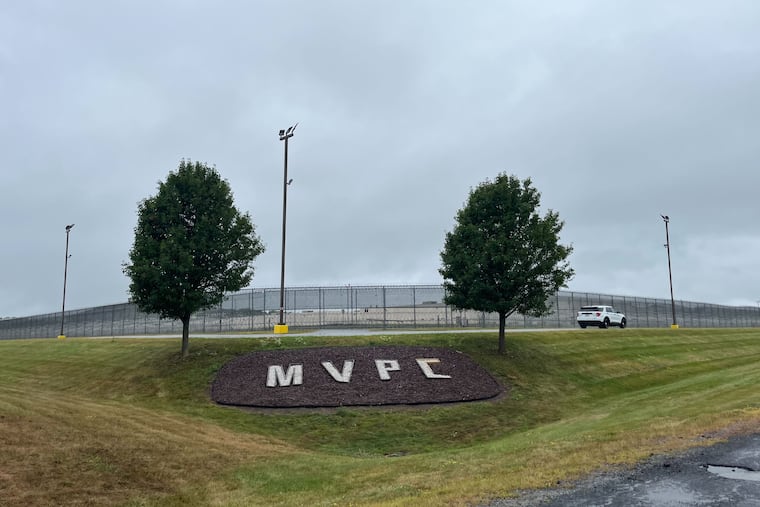Ten years ago, OxyContin sales dominated Philly’s pharmacies. How the powerful painkiller helped fuel a crisis.
Inquirer analysis of recently unsealed federal data shows a third of the region’s supply of the drug was likely abused

- As PHL ranks last in airport satisfaction again, CEO says, ‘We look our age’
- La Grange wants to be the Parc of Bucks County. If the kitchen could cook French food more consistently, it might have a shot.
- The Tush Push may be on a farewell tour, but the Eagles will use it until its last breath: ‘It’s a life well lived’
- Eagles’ Dallas Goedert returns to practice after missing win over Chiefs and feels ‘really good’
- Phillies set their rotation vs. Arizona to line up Cristopher Sánchez for Game 1 of playoffs
Mike Sielski | Columnist
Aneri Pattani, KFF Health News
Josh Katz, Margot Sanger-Katz, and Nick Thieme, New York Times
Bob Fernandez, Craig R. McCoy

























